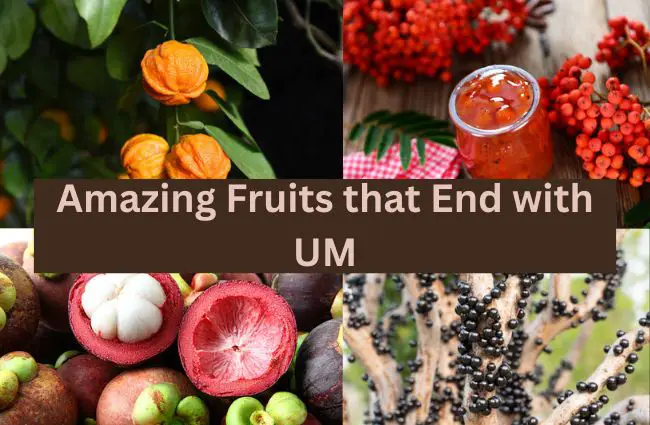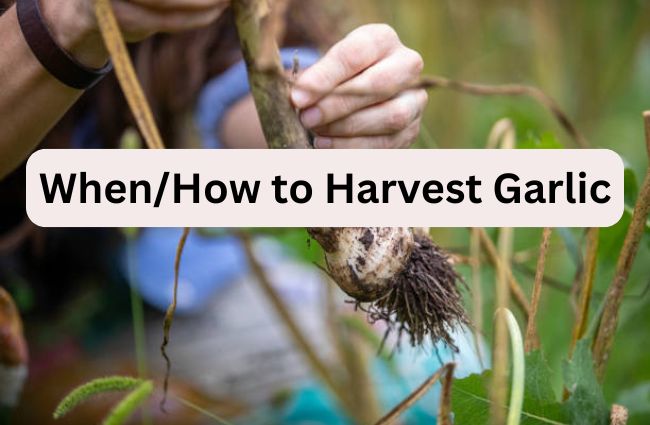Helpful Guides on each Category
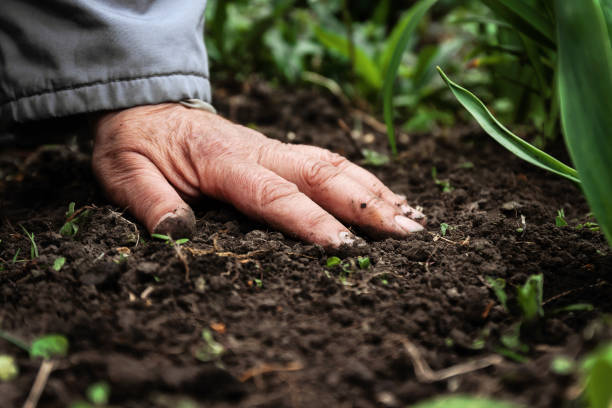
Peat moss (Sphagnum) is a natural organic material found in waterlogged, acidic environments like peat bogs. It is used to improve soil water retention, aeration, and nutrient availability.
Plants that do best with peat moss are acid-loving species and those requiring moist conditions. However, its extraction from peat bogs poses environmental risks, including habitat destruction and carbon emissions.
The most significant advantage is its soil-enhancing properties, but the major disadvantage is its negative impact on the environment. Sustainable alternatives should be considered to reduce ecological harm.
READ ALSO: 39+ Best Hydroponic plants (Vegetables, Greens, Herbs and fruits) to grow indoors hydroponically.
Uses of Peat Moss (Sphagnum) and How it Forms
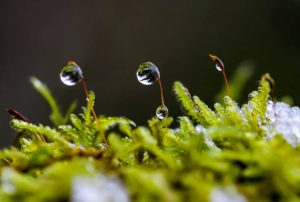
Peat or Sphagnum moss formed over thousands of years in wetlands, as decaying plant materials that accumulate and undergo partial decomposition. It is primarily used to enhance soil quality and moisture retention. Additionally, it aids in seed germination and acts as a natural fertilizer.
Many people call peat moss “sphagnum moss”, bog moss or quacker moss.
It is composed mainly of sphagnum moss, which retains water effectively due to its unique cellular structure.
The process of making peat moss involves harvesting it from natural peat bogs, then drying and packaging it for commercial use.
It promotes grass growth by providing the ideal environment for root development and water retention. Peat moss has a high water-holding capacity, aiding in drought resistance and preventing soil compaction. It also improves soil aeration, making it beneficial for plant roots. Also, it is acidic, which suits acid-loving plants.
READ MORE: Hydroponic System: A Beginner’s Guide to Planting without Soil.
Peat Vs. Peat Moss Vs. Sphagnum Moss
Peat is a natural material formed over time, while Peat Moss and Sphagnum Moss are derived from peat and share similarities. However, they serve different purposes and have unique characteristics.
Firstly, Peat is a type of organic matter that develops in waterlogged conditions. It forms as plants decompose in these wet environments, resulting in dense and dark material. Peat is commonly used in agriculture and as a fuel source due to its ability to retain water.
On the other hand, Peat Moss is a specific type of decomposed peat. It is widely known for its use as a soil conditioner and amendment. Peat Moss can enhance soil structure by promoting aeration and improving moisture retention. Gardeners often use it to improve the quality of their soils, ensuring better growth for plants.
Similarly, Sphagnum Moss originates from the same peat bogs but is a live moss. It plays a vital role in the formation of peat and exhibits exceptional water retention properties. Many gardeners use Sphagnum Moss as a natural alternative to Peat Moss for soil improvement and as a growing medium for certain plants.
Uses of Peat Moss
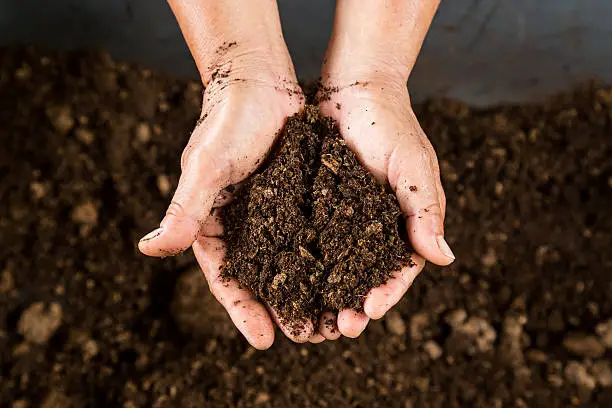
- Improving water retention capabilities.
- Enhancing aeration for healthier root growth.
- Balancing Acidic nature and pH for specific plants.
- Enhancing soil nutrient retention and slow-release properties.
- Disease and pest resistance.
- Organic matter enrichment
- Weed suppression
- It is a lightweight material, making it easy to transport, spread, and work within various gardening and landscaping projects.
- Provides a protective layer around plant roots, acting as insulation against temperature fluctuations and extreme weather conditions.
- Properly stored, the Moss has a long shelf life, making it a convenient and reliable option for gardeners to use over time.
- Its fibrous nature breaks up compacted soils, enhancing soil structure and drainage.
- Perfect for container gardening, seed starting, and soil amendment for flower beds and vegetable gardens.
Disadvantages of Peat Moss
Environmental impact
Its extraction from natural peat bogs can lead to habitat destruction and ecosystem disturbance. Peat bogs are crucial ecosystems that provide various environmental benefits, such as carbon storage and biodiversity support. Unsustainable harvesting practices can harm these delicate environments.
Slow regeneration
Peat Moss regenerates at a very slow pace, and the rate of peat formation is much slower than the rate of extraction. This means that the loss of peat is not easily replenished, making it a non-renewable resource on human timescales.
Soil acidification
While its acidic nature can benefit certain acid-loving plants, its long-term use can lead to excessive soil acidification. This may hinder the growth of plants that prefer neutral or alkaline soil conditions.
Limited nutrient content
This Moss itself has low nutrient content, and although it can retain nutrients, it does not provide significant nourishment to plants. Gardeners may need to supplement with additional fertilizers to meet plant requirements adequately.
Compaction over time
In some cases, it can compact over time, reducing its ability to maintain good aeration and water retention in the soil. This compaction may lead to decreased plant health and hinder root growth.
High cost
Peat Moss can be relatively expensive, especially if sourced from distant locations or with premium quality. Its cost may limit its accessibility for some gardeners or large-scale agricultural operations.
Alternative environmental solutions
With growing concerns about the environmental impact of peat extraction, there is an increasing demand for sustainable alternatives. Gardeners are encouraged to explore other eco-friendly soil amendments and growing mediums that can offer similar benefits without contributing to peat bog depletion.
Limited pH adjustments
Peat Moss can effectively lower soil pH, but it might not be the best option for gardeners seeking to raise pH levels for alkaline-loving plants. Using it for this purpose may not provide sufficient results.
How to Use Peat Moss in Gardens
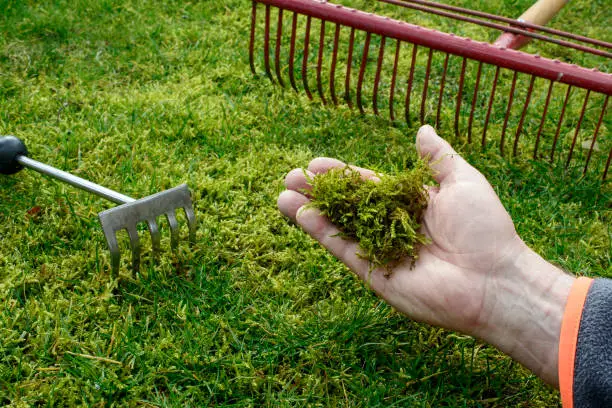
Peat Moss can be effectively used in various ways to enhance garden performance and plant growth:
- Before planting, mix peat Moss into the garden soil to improve its structure and moisture retention. Mix it evenly with the existing soil, ensuring it reaches a suitable depth to promote healthy root development.
- Create a seed starting mix by combining the Moss with vermiculite and perlite. This mixture provides a light and airy environment for seeds to germinate, increasing their chances of successful growth.
- For container gardening, blend Peat Moss with other ingredients like compost and perlite to create a well-balanced and nutrient-rich potting mix. This mix will provide excellent drainage and aeration for potted plants, supporting their health and development.
- When dealing with nutrient-depleted soil, add Peat Moss as an amendment to help replenish organic matter and improve the soil’s water retention capacity. This revitalization can breathe new life into tired garden beds and support the growth of future plantings.
- Add Peat Moss to compost heaps to accelerate the decomposition process and improve the compost’s texture. It aids in moisture retention, balances the compost’s carbon-to-nitrogen ratio, and helps produce nutrient-rich compost for garden use.
When to Use Peat Moss in Potted Plants
Certain plants, such as acid-loving varieties like azaleas, rhododendrons, and blueberries, thrive in acidic soil conditions. If you plan to grow these types of plants in containers, mix this Moss into the potting mix to create a good pH environment for their growth.
When preparing potting mixes for potted plants, Sphagnum Moss is a valuable component. Its water retention capabilities and ability to promote aeration can enhance the overall structure and moisture management of the mix. Mixing it with other ingredients like perlite and compost can yield a well-balanced and nutrient-rich growing medium.
Some plants are sensitive to overwatering or have specific water requirements. Peat Moss’s water retention properties can be advantageous for these plants, as it helps maintain consistent moisture levels in the soil without excessive waterlogging. This can prevent root rot and other water-related issues.
Sphagnum Moss’s slow decomposition rate and nutrient retention properties make it suitable for plants that require consistent nourishment over an extended period. It can act as a slow-release nutrient source, reducing the frequency of fertilization and simplifying long-term plant care.
How long does peat moss last in soil?
A single application of peat moss on sandy soil yields effect for two years or even longer.
To utilize peat moss, spread a layer of 2 to 3 inches in your garden, and add it 12 inches into the topsoil. When dealing with containers or raised beds, mix 1/3 to 2/3 peat moss with your potting soil or compost blend.
In environments lacking oxygen, such as anaerobic conditions, peat moss undergoes a gradual decomposition process that spans centuries.
When integrated into your soil, sphagnum moss maintains this unhurried breakdown, conferring a longer-lasting effect compared to alternative organic substances.
Peat moss improves dry, sandy soils by promoting moisture retention. It also makes drainage easier and mitigates compaction in both arid and waterlogged soils.
How to Make Peat Moss
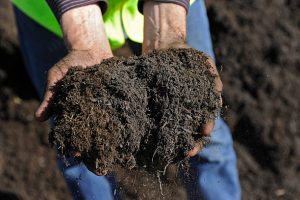
To make the moss, follow these steps:
- Harvest peat: Find suitable peat bogs or wetland areas where peat accumulates naturally. Using responsible and sustainable harvesting practices, extract the peat without causing significant harm to the environment.
- Dry the peat: Once harvested, spread the peat in a thin layer to allow it to dry naturally. This process may take several weeks, depending on the climate and weather conditions.
- Break up the peat: Once the peat has sufficiently dried, break it up into smaller, manageable pieces. This can be done manually or using machinery, depending on the scale of production.
- Screen the peat: Pass the broken-up peat through a screen or sieve to remove any large debris or unwanted materials. This step ensures that it is of uniform texture and quality.
- Store the peat moss: Store in a dry and well-ventilated area. This allows any remaining moisture to evaporate, preventing the growth of mould or fungi.
- Package: Once fully dried and free of excess moisture, package the peat moss in suitable containers or bags. Properly sealed packaging helps maintain its quality and shelf life.
Alternatives to Peat Moss
Several alternatives to peat moss can be used as soil amendments and growing mediums in gardening and horticulture. Some of these alternatives include:
Coco coir
Coco coir is a byproduct of coconut processing and is a popular and sustainable alternative to peat moss. It has excellent water retention properties, provides good aeration, and is pH neutral. Coco coir is available in various forms, including blocks, bricks, and loose fibres.
Compost
Compost is a rich, nutrient-dense material made from decomposed organic matter. It improves soil structure, provides essential nutrients to plants, and enhances microbial activity in the soil.
Compost made from green waste, such as yard trimmings and kitchen scraps, is an eco-friendly alternative that enriches the soil with nutrients and organic matter.
Vermiculite
Vermiculite is a natural mineral that is heat-expanded to increase its water retention capacity and aeration. It is lightweight and helps with moisture management in the soil.
Perlite
Perlite is another heat-expanded mineral that improves soil aeration and drainage. It is lightweight, sterile, and pH neutral.
Peat alternatives mix
Some commercial potting mixes are specifically formulated to be peat-free and contain a blend of various organic materials, such as compost, coir, and bark, to provide optimal growing conditions for plants.
Pine bark
Pine bark is a renewable resource that improves soil structure, aeration, and drainage. It works well in potting mixes for plants that prefer slightly acidic soil conditions.
Rice hulls
Rice hulls are a byproduct of rice processing and can be used to improve soil aeration and drainage. They are lightweight and beneficial for container gardening.
Leaf mould
Leaf mould is the result of decomposed leaves and provides organic matter to the soil, improving its texture and nutrient content.
Rockwool
Rockwool is a horticultural growing medium made from molten rock spun into fibres. It is commonly used for hydroponics and provides good water retention and aeration.
How to spread peat moss using a peat moss spreader
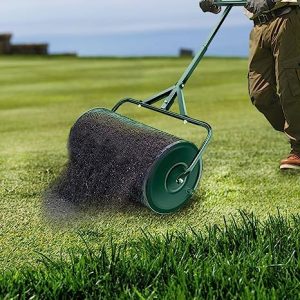
To spread peat effectively using a peat moss spreader, follow these steps:
- Choose the right spreader: Ensure you have a suitable peat or compost spreader for the job. There are various types of spreaders available, including handheld broadcast spreaders and wheeled push spreaders. Select one that best suits the size of your garden and the amount of peat you need to spread.
- Prepare the peat moss: Before loading the spreader, make sure the peat moss is dry and free of any large clumps or debris. Break it up into smaller, manageable pieces to ensure an even spread.
- Adjust the spreader settings: Different spreaders have adjustable settings to control the rate and width of the distribution. Refer to the spreader’s user manual to set it at the appropriate settings for spreading peat moss.
- Fill the spreader: Load the moss into the spreader’s hopper. Be cautious not to overfill it, as this can lead to uneven distribution and strain the spreader.
- Start spreading: Begin walking slowly and steadily across the area you wish to spread the moss. If you’re using a wheeled spreader, push it in a straight line to ensure even coverage. For handheld spreaders, use a sweeping motion from side to side.
- Overlap passes: To achieve consistent coverage, slightly overlap each pass as you move across the area. This prevents gaps and ensures that all parts of the garden receive an even amount of moss.
- Observe coverage: Periodically check the spreader’s hopper to monitor how much moss is remaining. Refill it as needed to avoid running out before completing the task.
- Water the area: After spreading, lightly water the area to help the peat settle and integrate with the soil.
Tips for Using Peat Moss Effectively
Frequently Asked Questions (FAQs)
It has a long shelf life when stored properly. If kept in a cool, dry, and well-ventilated area, it can last for several years.
Peat moss retains water and nutrients better than topsoil, this is good to build a great garden soil. It also allows air to flow well through the soil better than topsoil.
This moss grows very slowly, at an average rate of about 1 millimetre (0.04 inches) per year. This slow growth is due to the accumulation of partially decomposed plant material in waterlogged environments over thousands of years, leading to the formation of peat bogs.
While some plants can, it is not a recommended standalone growing medium. Peat moss lacks sufficient nutrients to sustain most plants entirely. However, acid-loving plants, like blueberries and azaleas, can thrive in it due to its acidic nature. For most other plants, mix peat with compost or topsoil, to provide a nutrient-rich growing medium.
Yes, mixing it with topsoil is a common practice in gardening. Combining peat moss and topsoil creates a good soil structure with improved water retention, aeration, and nutrient content. This blend is often used in garden beds and container gardening to support healthy plant growth and overall soil health.

